As pet owners, the well-being and safety of our furry friends is of utmost importance. With numerous training methods available, there has been an ongoing debate regarding using shock collars.
In this article, we aim to highlight the controversial topic and explore the impact of shock collars on our beloved pets. While some argue that shock collars are an effective tool for training, others contend that these devices are inhumane and cause unnecessary harm. Join us as we delve into the world of shock collars and uncover the truth behind their use.
This image is the property of static1.squarespace.com.
Overview of Shock Collars
Shock collars, also known as electronic collars or e-collars, are devices designed to provide an aversive stimulus to dogs as a form of training and behavior modification. They typically consist of a collar placed around the dog’s neck and a remote control used by the handler to administer the shocks. While shock collars have gained popularity in some training circles, there is a growing controversy surrounding their use due to concerns about their effectiveness, ethics, and potential adverse effects on dogs.
Types of Shock Collars
Static Shock Collars
Static shock collars are the most common type of shock collar and operate by delivering an electric shock to the dog’s neck when triggered by the handler. The intensity of the shock can typically be adjusted to suit the individual dog’s temperament and response. However, there is a wide range of opinions on the appropriate level of shock to use, and some argue that even low-level shocks can cause distress and pain to dogs.
Spray Collars
Spray collars are an alternative to static shock collars and work by emitting an unpleasant spray, such as citronella, when the dog exhibits unwanted behavior. The spray is a deterrent and intended to interrupt the dog’s behavior without causing physical discomfort. While spray collars may be perceived as a more humane option, they are still controversial due to concerns about the stress and aversion caused by the sudden and unexpected spray.
Ultrasonic Collars
Ultrasonic collars are another type of shock collar that emits a high-pitched sound only audible to dogs. The sound is intended to startle the dog and interrupt undesirable behavior. While ultrasonic collars do not involve physical stimulation like static shock collars, there is debate over the effectiveness and potential discomfort caused by the high-frequency sound.
Controversy Surrounding Shock Collars
Use in Training Methods
Shock collars in training methods are a subject of intense debate among dog trainers, behaviorists, and veterinarians. Proponents argue that when used correctly, shock collars can effectively correct unwanted behaviors, such as excessive barking or aggression. They claim that the aversive stimulus provided by the shock collar serves as a quick and efficient way to communicate with the dog and teach them what is acceptable behavior.
However, opponents of shock collars argue that they rely on punishment-based training methods that can harm dogs’ well-being. They believe that positive reinforcement-based training techniques, which reward desired behaviors instead of punishing undesirable ones, are more humane and more effective in achieving long-term behavior change.
Ethical Concerns
Ethical concerns surround using shock collars, as they involve subjecting dogs to potentially aversive and painful stimuli. The aversive nature of shock collars raises questions about the impact on dogs’ mental and emotional well-being and their trust in their human handlers. Critics argue that using fear and pain as a training method can create a negative association with specific environments, people, or even other animals, leading to increased anxiety and fearfulness in dogs.
Furthermore, there are concerns about the potential misuse or abuse of shock collars. Handlers may administer shocks at inappropriate times or unnecessarily high levels without proper training and understanding of the device, causing unnecessary distress and potentially harming the dog.
Effects on Dogs
Physical Effects
One of the primary concerns regarding shock collars is their potential to cause physical harm to dogs. While manufacturers often claim that their collars are safe and designed to avoid causing injury, some studies have reported adverse effects. These can include burns, skin irritation, or pain around the neck area where the collar is placed. Additionally, the stress and anxiety induced by shock collars can manifest physically, potentially affecting the dog’s overall health and well-being.
Psychological Effects
In addition to physical effects, shock collars can have significant psychological impacts on dogs. Many studies have shown that using aversive training methods like shocks can increase dogs’ fear, anxiety, and aggression. Dogs may associate the shock with their environment, other animals, or even their owners, leading to a breakdown of trust and potentially exacerbating behavioral problems.
The distress caused by shock collars can also have long-lasting psychological effects, potentially resulting in chronic stress and a decreased quality of life for the dog.
This image is the property of www.pawmaw.com.
Alternatives to Shock Collars
Positive Reinforcement
Positive reinforcement is an alternative training method that rewards desired behaviors rather than punishing undesirable ones. By using rewards such as treats, praise, or play, dogs learn to associate positive experiences with the desired behaviors, which can lead to faster and more lasting behavior changes. Positive reinforcement-based training methods are generally considered more humane and effective in training dogs of all ages and breeds.
Clicker Training
Clicker training is a specific technique within positive reinforcement-based training that uses a small handheld device called a clicker to mark desired behaviors. The clicker produces a distinct sound that signals to the dog that they have performed the desired behavior correctly. The click is immediately followed by a reward, reinforcing the behavior. Clicker training can be a precise and effective way to communicate with dogs and teach them new behaviors.
Reward-Based Training
Reward-based training methods focus on motivating dogs through rewards such as treats, toys, or play to encourage and reinforce desired behaviors. By creating positive associations with the desired behaviors, dogs are more likely to repeat them and learn new behaviors in a stress-free and enjoyable way. Reward-based training emphasizes building a solid bond between the dog and the handler through trust, cooperation, and mutual respect.
Research and Studies
Scientific Findings
Scientific research on shock collars’ effectiveness and ethical implications has yielded mixed results. While some studies suggest that shock collars can effectively reduce specific behaviors in the short term, there is limited evidence to support their long-term effectiveness or superiority over positive reinforcement-based methods. Additionally, studies have consistently reported negative physiological and behavioral responses in dogs subjected to shock collar training.
Long-Term Effects on Behaviors
The long-term effects of shock collar use on dog behavior are still a subject of ongoing research. Some studies have indicated that dogs trained with shock collars may exhibit increased aggression, fear, and anxiety compared to those trained with positive reinforcement.
Other research suggests that long-term exposure to shock collars could impair learning abilities and hinder the development of healthy social relationships in dogs. Further research is needed to fully understand the long-term effects of shock collar use on dog behavior.
This image is the property of www.caninejournal.com.
Legislation and Regulation
Current Laws and Regulations
The use of shock collars is subject to legislation and regulations that vary by country and even within different states or regions. In some jurisdictions, shock collars are prohibited entirely, while in others, there may be restrictions on their use or specific requirements for trainers and handlers. Dog owners and trainers must research and comply with the laws and regulations concerning shock collar use in their respective areas.
Bans and Restrictions
In recent years, there has been a growing movement to ban or further regulate the use of shock collars. Several countries, including Scotland and parts of Australia, have implemented bans on using shock collars, citing concerns about animal welfare and ethical considerations. Organizations and advocacy groups are actively campaigning for stricter regulations and advocating for adopting more humane and effective training methods.
Professional Opinions
Veterinary Associations
Many veterinary associations and professional organizations have taken a stance against using shock collars. For example, the American Veterinary Society of Animal Behavior (AVSAB) strongly opposes using aversive training methods, including shock collars, due to the potential for physical and psychological harm to dogs. They endorse using positive reinforcement-based methods as the preferred training and behavior modification approach.
Dog Training Experts
Dog training experts and behaviorists have differing opinions on using shock collars. While some trainers still incorporate shock collars into their training methods, many others advocate positive reinforcement-based techniques as more effective, ethical, and humane. These experts emphasize building a positive relationship between dogs and their handlers, emphasizing trust, cooperation, and clear communication through rewards and encouragement.
This image is the property of wagsandwiggles.com.
Personal Experiences and Testimonials
Owners’ Perspectives
Personal experiences and testimonials from dog owners vary widely regarding shock collars. Some owners report positive outcomes, claiming that shock collars have effectively corrected problem behaviors in their dogs. However, others share stories of adverse effects, expressing regret for using shock collars and highlighting the negative impact on their dogs’ well-being and the breakdown of their bond. It is crucial to consider these personal accounts and recognize the limitations of subjective experiences in evaluating the broader impact of shock collar use.
Trainers’ Experiences
Professional dog trainers’ experiences with shock collars also differ. Some trainers argue that shock collars can be helpful when applied correctly and under the guidance of an experienced professional. They claim that shocks can provide immediate feedback and help modify behavior quickly. On the other hand, trainers who favor positive reinforcement-based methods emphasize the importance of building trust and teaching dogs through positive associations. They suggest that shock collars can undermine this process and adversely affect the dog’s emotional well-being.
Conclusion
The controversy surrounding shock collars stems from concerns about their effectiveness, ethical implications, and potential adverse effects on dogs. While some argue that shock collars can be a practical training and behavior modification tool, the scientific evidence supporting their long-term effectiveness is limited. Additionally, using aversive methods raises ethical concerns, as it can cause physical and psychological harm to dogs and potentially damage their trust and well-being.
Positive reinforcement-based training methods, such as reward-based and clicker training, offer more humane and effective alternatives to shock collars. Building trust, cooperation, and positive associations can foster a stronger bond between dogs and their handlers and lead to long-lasting behavior change.
Dog owners, trainers, and policymakers must consider the extensive research, professional opinions, and personal experiences surrounding shock collars when making informed decisions about training methods and legislation.
By prioritizing the well-being and welfare of our canine companions, we can ensure that training methods are tailored to their individual needs and ultimately create a more harmonious and compassionate bond between humans and dogs.
This image is the property of outwardhound.com.

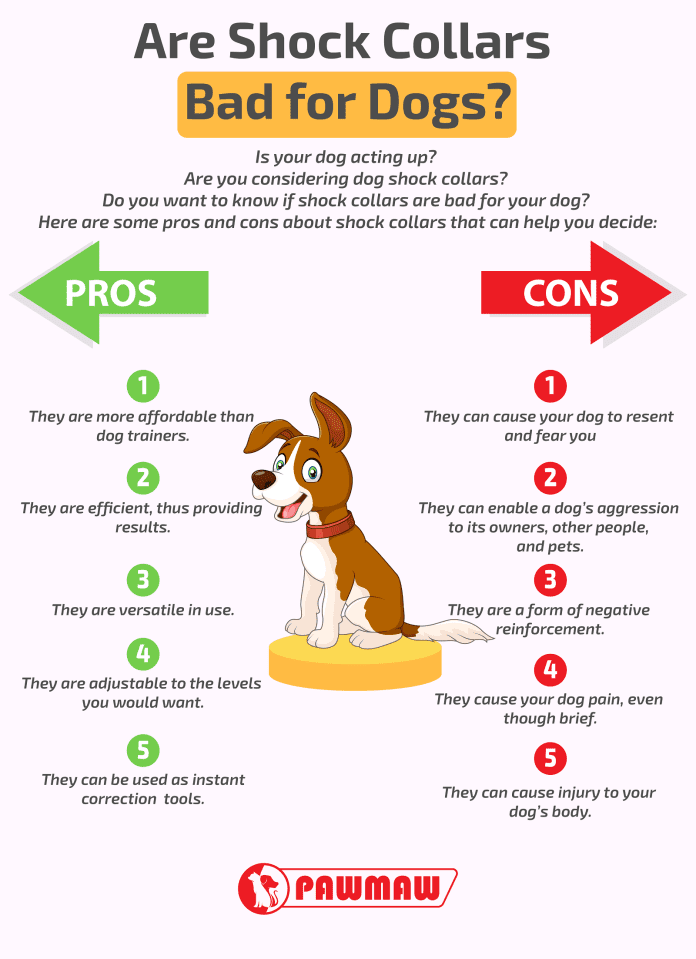
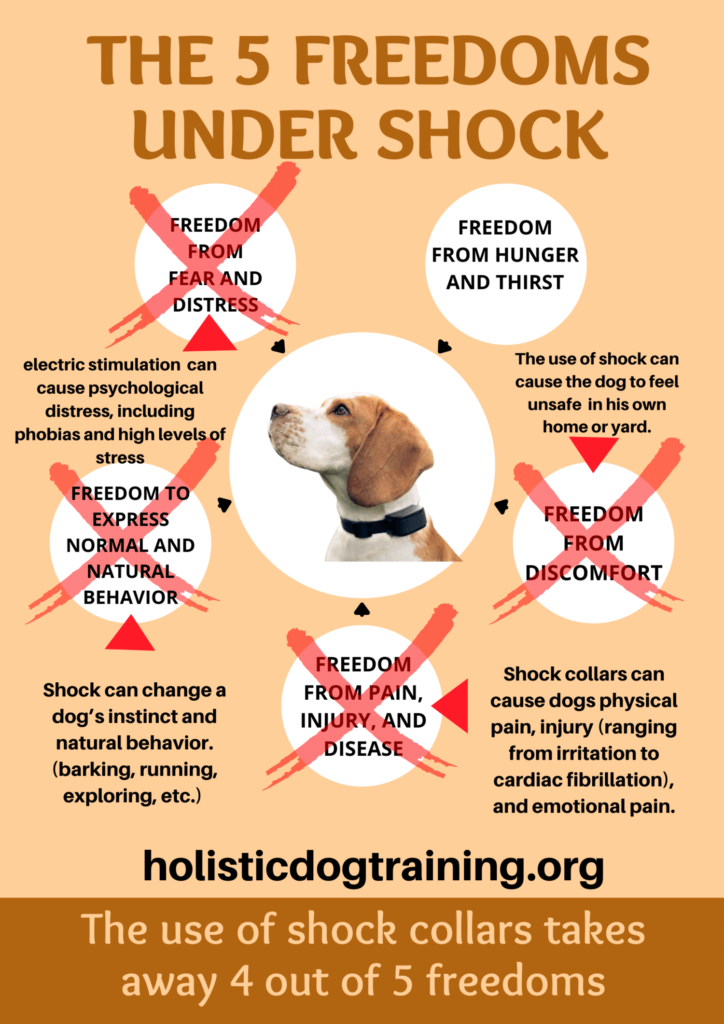
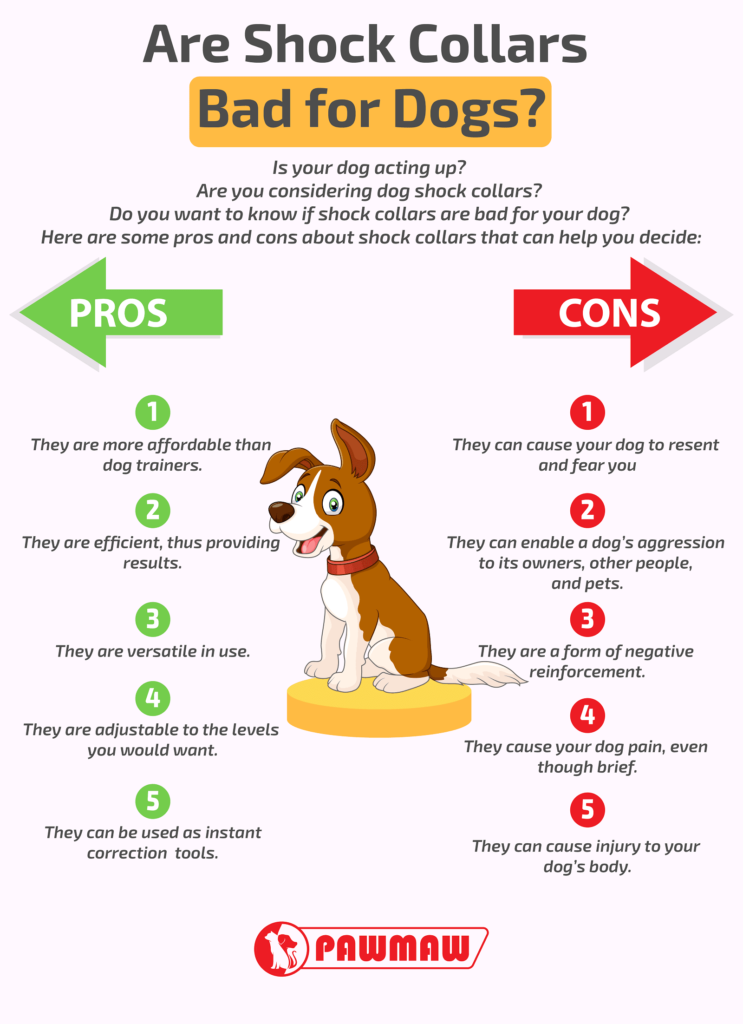

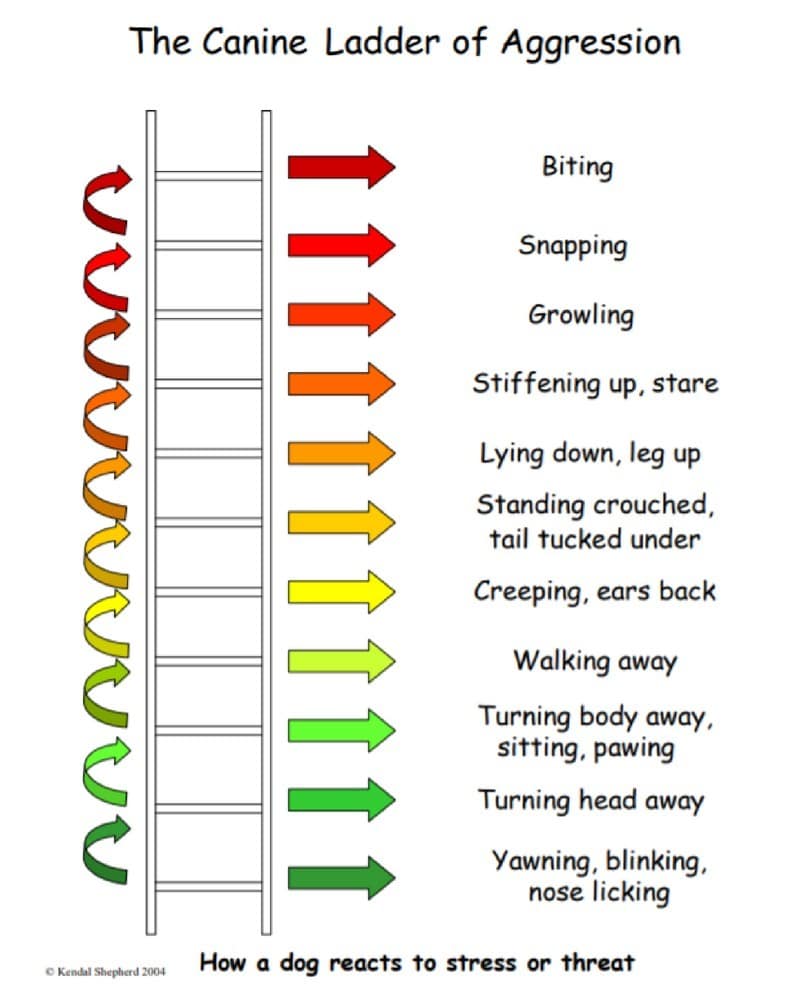
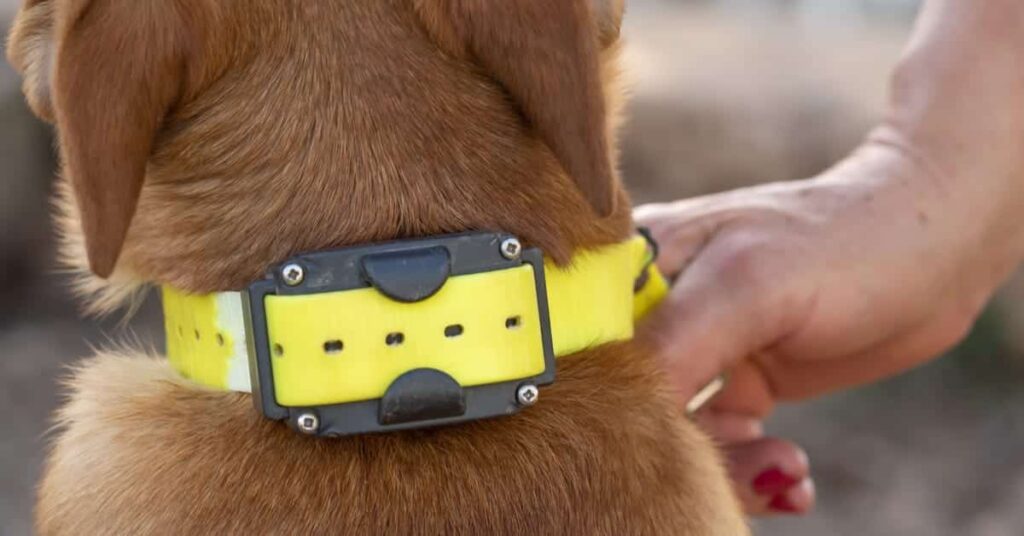








![Petrainer Dog Training Collar [100% Waterproof] Petrainer Dog Training Collar](https://mydogtrainingcollar.com/wp-content/uploads/2019/03/Petrainer-Dog-Training-Collar-218x150.jpg)






























